
Archive Gallery: Men In Ties Looking Silly For Science
By Rose Pastore, Popular Science, 24 August 2012.
By Rose Pastore, Popular Science, 24 August 2012.
Science is serious business, but sometimes new technology can look a bit silly before it's widely adopted (and especially if it's never adopted, like the PistoLaser or the Hoop Cycle.) In this archive gallery, we've rounded up nine men who, though incredibly solemn and impeccably dressed, just couldn't maintain dignity in the face of cutting-edge science.
1. Death Ray: September, 1962
This unnamed (but snazzily dressed) model demonstrates “The Incredible Ruby Ray” - a laser that might one day map the moon, transmit TV shows, cauterize wounds and knock out missiles, PopSci reported in 1962. At the heart of the $2,950 PistoLaser, made by Kollsman Instrument, is a two-inch ruby that amplifies light into a coherent beam. The writer gleefully wonders if the double-trigger device could be a forerunner to a real "death-ray gun."
2. Joy Ride: February, 1960
The best thing about the $174.50 JoyRide scooter is that the fashionable modern man can show off his suit all the way to the office. The 51-pound vehicle scoots up to 40 miles per hour and folds down for storage in just 15 seconds. It’s hard to tell from the photo, but I think this businessman is saying “Wheeee.”
3. Toot-Toot: March, 1953
PopSci reported in 1953 that model railroading - not just kid stuff anymore - is moving outdoors and getting serious. Enthusiasts picked up discarded amusement park engines to make their model trains strong enough to haul passengers. Here, well-dressed men pose for a mysterious “Golden Spike” ceremony in South Carolina.
4. Lamps of Tomorrow: May, 1944
“Just because fluorescent lamps commonly have a tubular shape is no reason for having to make them that way,” according to Samuel G. Hibben, director of applied lighting at the Westinghouse Lamp Division. Pictured here, Hibben’s dumbbell-shaped lamp glows tricolor when high-frequency radio energy bombards its luminescent coating. PopSci called him a “modern sorcerer,” either because he creates futuristic lamps or because he looks like a wizard when he holds them.
5. Whale Rib: January, 1940
Dr. A. P. Ousdal is a physician by day, amateur palaeontologist by night. By 1940, the California man had collected 500,000 fossils during his weekend (and sometimes midnight) expeditions into the mountains and the Pacific ocean. “Only by comparing the present with the past can we learn the significance of the past,” said the Norway native, cryptically. Here, Ousdal displays a rib from a prehistoric whale.
6. Hoop Cycle: January, 1940
New York auto mechanic Julius Rose created a gasoline-powered hoop cycle and promptly scored this handsome photo in PopSci. The vehicle gets 250 miles to the gallon and can travel up to 50 miles per hour. The article doesn't describe the other ways in which Julius likes to embarrass his children.
7. Bumpy Heads: August, 1926
We’re not proud of it, but in 1926, PopSci devoted three full pages to the pseudoscience of phrenology, which claims that the shape of a person’s head reveals their character. Here, an expert uses a special instrument to measure the bulges on a bald man’s head, while a third man looks on with apparent disgust. Perhaps he sees a bump indicating moral decrepitude.
Read the full story in Do You Choose Your Friends By Their Bumps?
8. Life-Preserver of the Future: May, 1925
Finally, a practical flotation device: “A combination of inflated tire, rubber trousers, slippers, and leg paddles makes up this ingenious life-preserver, in which ... one can sit comfortably in the water until rescued.” The contraption even keeps your dapper outfit dry.
9. He Can’t Crush It: April, 1925
In 1925, U.S. Postal Service employees invented a non-crushable mailbag. The “light and wieldy” bag is reinforced with a quarter-inch of “plymetal,” a new material that absorbs and redistributes “all weight and shock.” Even 200 pounds of posh postal employee? Yes, even this portly engineer could not crush the two empty shoeboxes inside the bag, though he looks happy to be trying.
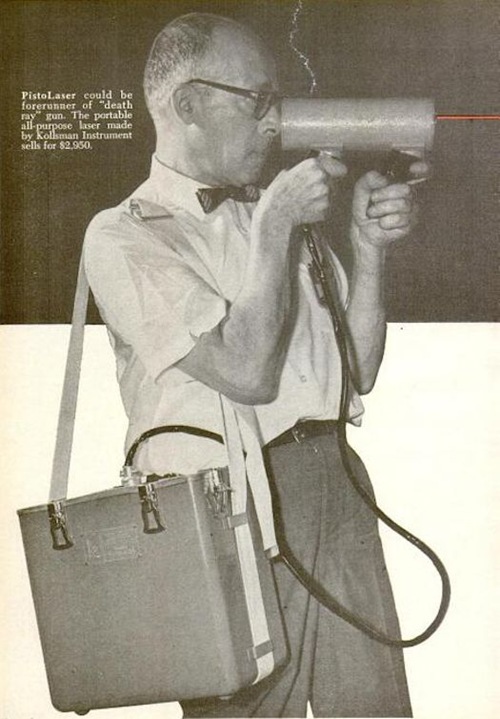

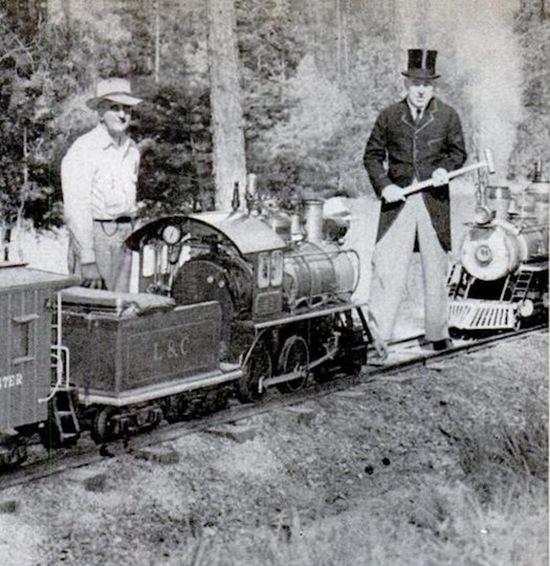

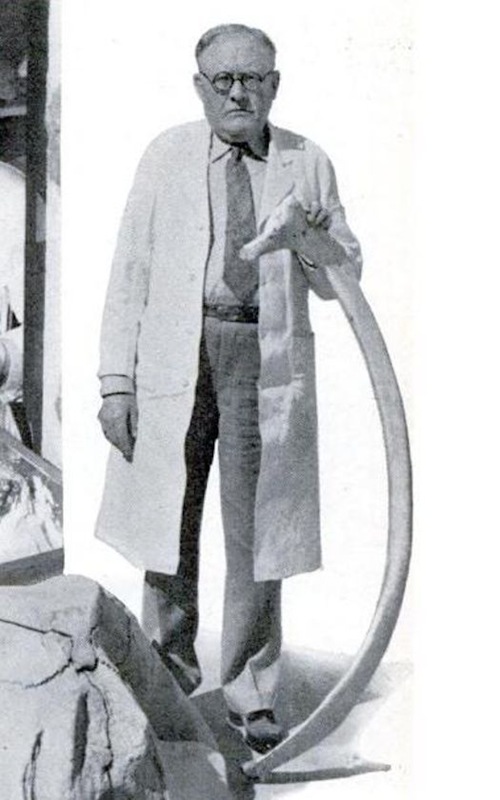

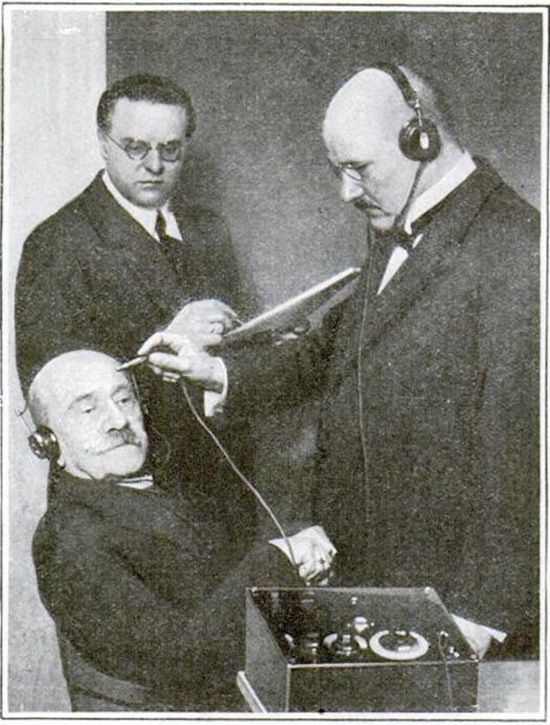
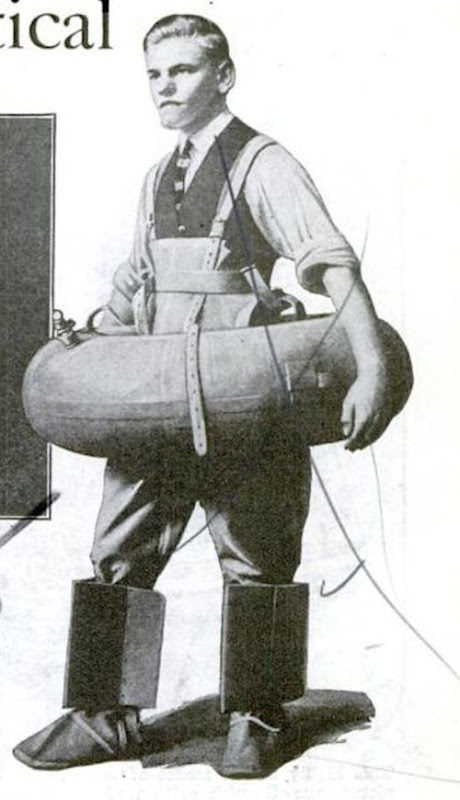
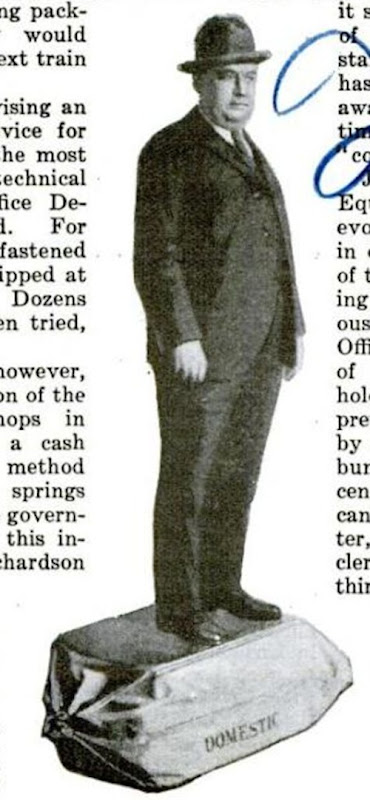
No comments:
Post a Comment
Please adhere to proper blog etiquette when posting your comments. This blog owner will exercise his absolution discretion in allowing or rejecting any comments that are deemed seditious, defamatory, libelous, racist, vulgar, insulting, and other remarks that exhibit similar characteristics. If you insist on using anonymous comments, please write your name or other IDs at the end of your message.